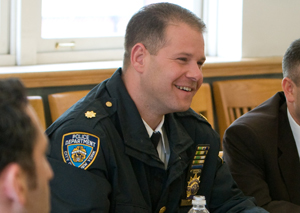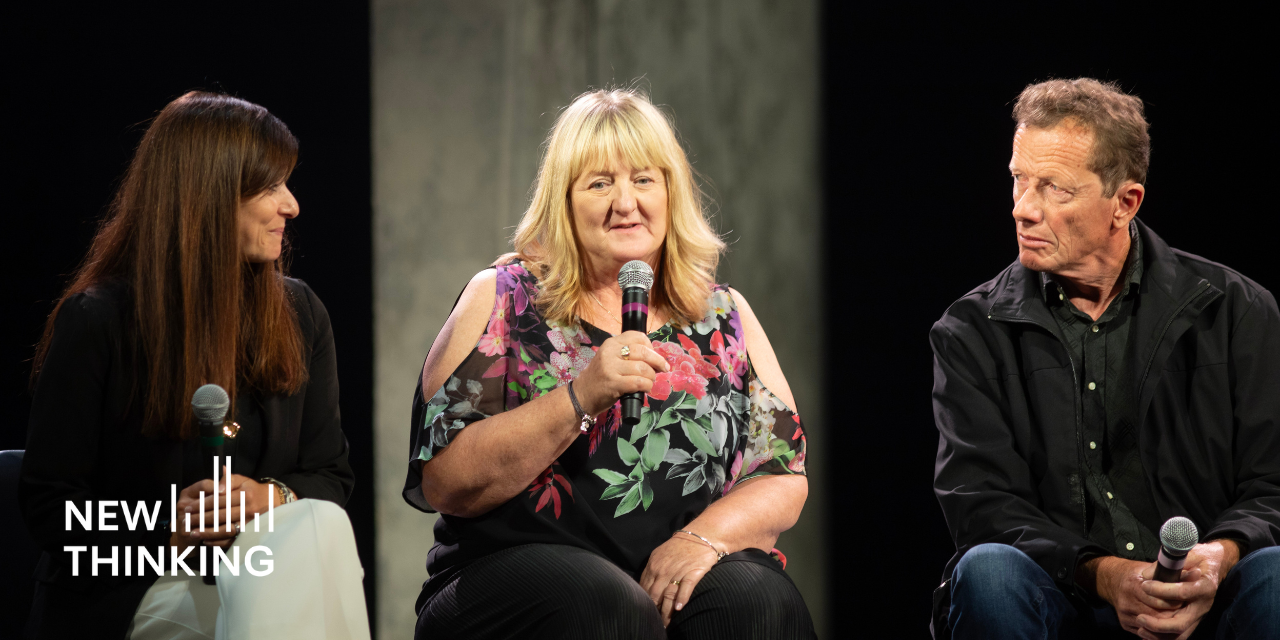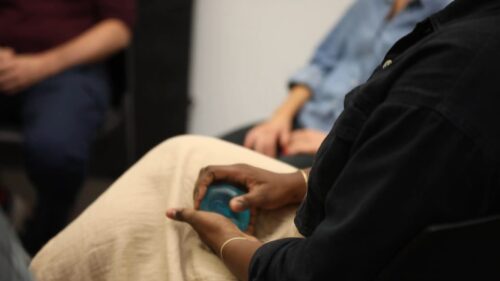
Deputy Inspector Michael Kemper is the commanding officer of the New York Police Department’s 76th Precinct, one of the three police precincts served by the Red Hook Community Justice Center and the one that incorporates the Red Hook neighborhood itself. The 76th precinct was recently named #1 in New York City in crime reduction over the past two years. In February 2008, Deputy Inspector Kemper spoke to Center staff about this impressive achievement.
Can you tell me about the 76th Precinct being named #1 in New York City in crime reduction over the past two years?
In calendar year 2006 the 76th Precinct reduced overall major crime by a little over 15 percent. In calendar year 2007, again the 76th Precinct reduced overall major crime by a little over 15 percent. So we reduced major crimes by approximately 30 percent during those years. This achievement ranks this precinct number one out of all precincts. It’s a nice feeling.
How did you achieve this reduction in major crime?
I break it down into three factors. First and foremost, the police officers and the supervisors assigned to this precinct are working harder and smarter than ever before. Technological advances have led to computerized systems being placed in precincts throughout the city, and now police officers can track crimes being committed almost immediately. As a result of this, resources can be moved and shifted in order to address any crime trends observed. The precinct is also assisted by outside units such as Patrol Borough Brooklyn South, the Narcotics Bureau, and the Vice Enforcement Unit.
Second, I believe in building a good solid working relationship with community members, the people who reside or work here. It’s very important that the community we serve trusts us and that we work together as a team. And we often rely on community members to supply us with information and point us in the right directions to improve their communities, whether their issues are more serious criminal problems or “quality-of-life” complaints.
Third, I believe that the Red Hook Community Justice Center has contributed significantly to our success. The relationship we have with them is instrumental and I look forward to working with them in the future.
You’ve also experienced several years with zero murders. How have you achieved that?
In 2006 the 76th precinct experienced zero murders for the entire year. That fact’s probably the most rewarding for me out of everything else. In addition to the zero murders, overall non-fatal shooting incidents—where there’s a shooting and thankfully no one dies—were reduced in calendar year 2006 over 46 percent versus calendar year 2005. Overall non-fatal shooting incidents have been reduced over 78 percent since 1993. And it’s absolutely due to the same combination of factors I mentioned before, especially good smart police work that targets the right people, the bad people, and does not give them the opportunity to be out there shooting people.
You mentioned the Red Hook Community Justice Center. How has it had an impact on public safety in the Red Hook community?
The Red Hook Community Justice Center has definitely had a positive impact on public safety in the Red Hook community. Not only does it hear criminal cases, it’s also a family court, housing court, and a place where juvenile issues are dealt with. The Justice Center’s always looking to get to the root of a problem and to help people overcome their problems. They have many different programs and avenues to turn to in order to accomplish their goal of getting to the problem and fixing it.
Do you feel that the Justice Center has had an impact on your own relationship with the community?
I definitely do. I host monthly community council meetings every first Tuesday of the month. The Red Hook Community Justice Center always sends a representative, whether it’s Judge Calabrese himself or Gerianne Abriano from the district attorney’s office or whoever it may be. They come to all the meetings. Usually the meetings are held at the precinct, but I felt it was important to have a few meetings a year in different neighborhoods, so I actually host a couple at the Red Hook Community Justice Center.
At the meetings, people in the neighborhood get to know who the people are at the Justice Center, understand what they do. Also at the meetings are our local elected officials and representatives from various city and state agencies. The meetings are a great forum for community members to come and voice their concerns regarding any issues, and if the Justice Center has any avenue for people to turn to, they always step in and help. So the neighborhood knows what the Justice Center is and it’s a very positive relationship.
How does the Red Hook Community Justice Center’s focus on low-level crime, housing cases and juvenile matters compliment your crime-fighting efforts?
Being that the Justice Center prosecutes mostly misdemeanors and lower level violations, I think it’s a perfect fit for a precinct like the 76th precinct. Fortunately this precinct now experiences a lower level of serious crimes committed than other precincts in the city, and that’s what we concentrate on: lower level offenses, specifically lower level drug possession and quality-of-life issues such as alcohol in public and possession of knives. Basically what I’m talking about is the “Broken Windows” theory, which says that if you concentrate on the lower level offenses, such as petty crimes and quality-of-life offenses, the bigger offenses like robberies and murders and shootings will not happen so much.
That’s pretty much the backbone of the success of the entire New York Police Department, concentrating on the lower level offenses.
Finally, what advice would you have for other jurisdictions and court systems who want to cultivate good relationships with local police while at the same time maintaining judicial independence?
I think honesty is the most important. Being honest, upfront, open, and available. The police and the Justice Center have to share the same goals and be able to cooperate with each other in a professional manner. And both parties must realize that at times some requests are unreasonable and can’t be obtained, maybe due to logistical, legal reasons or whatever. Both parties definitely must understand that the primary goal is to better the neighborhood for residents. And egos have to be left outside. You have to have the same mindset to get the job done.
February 2008

